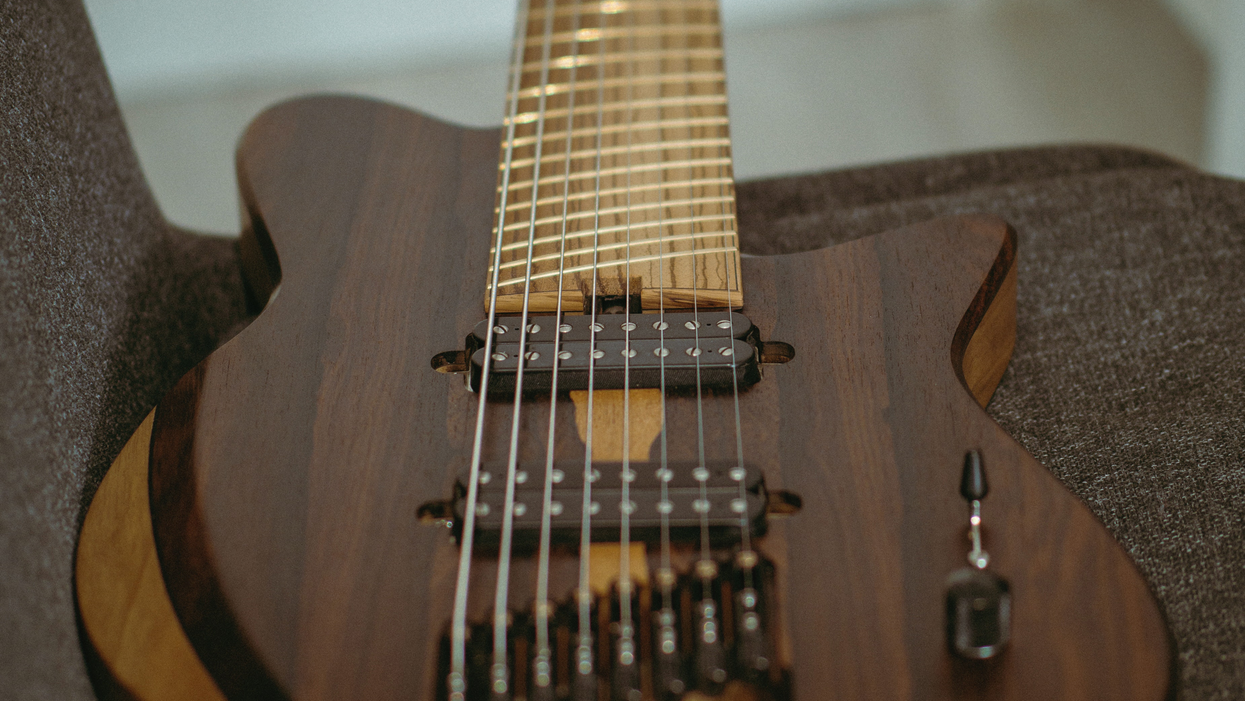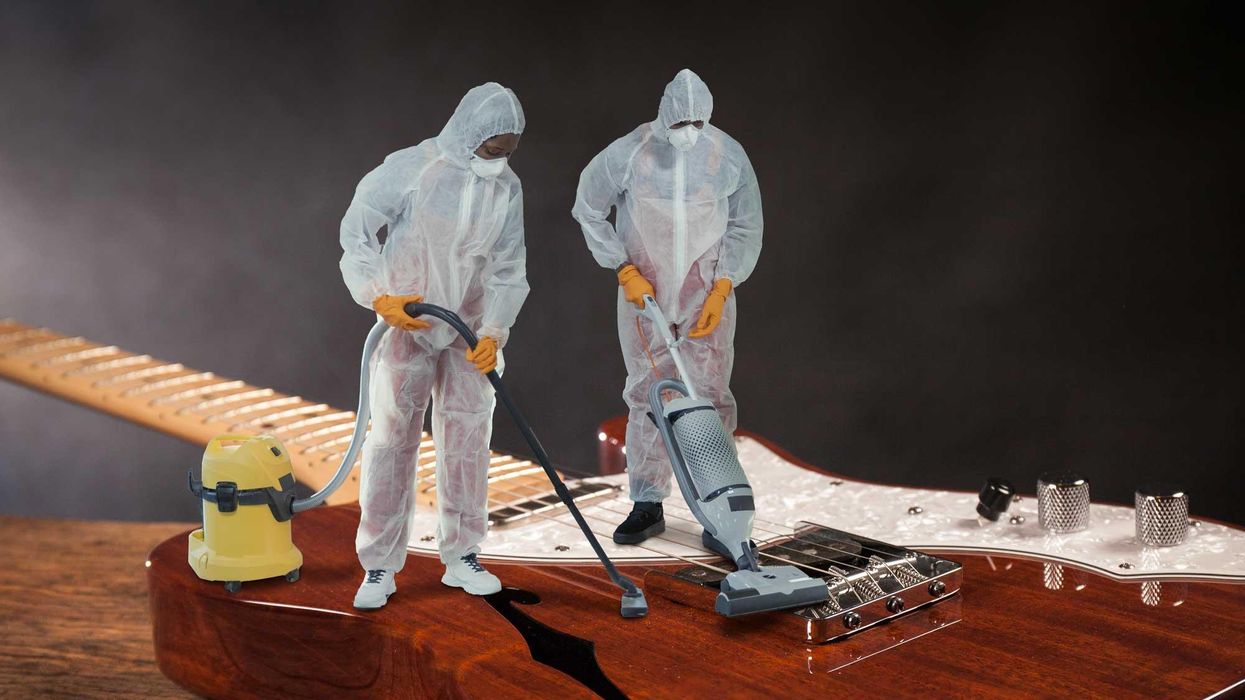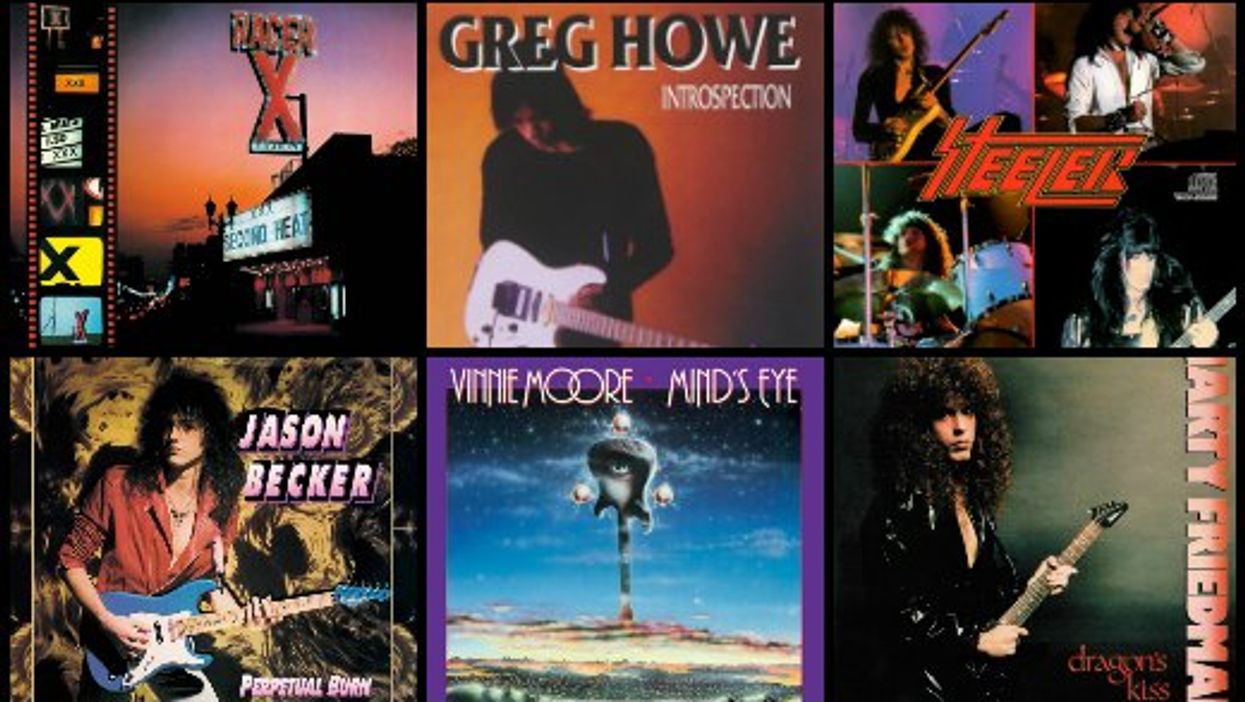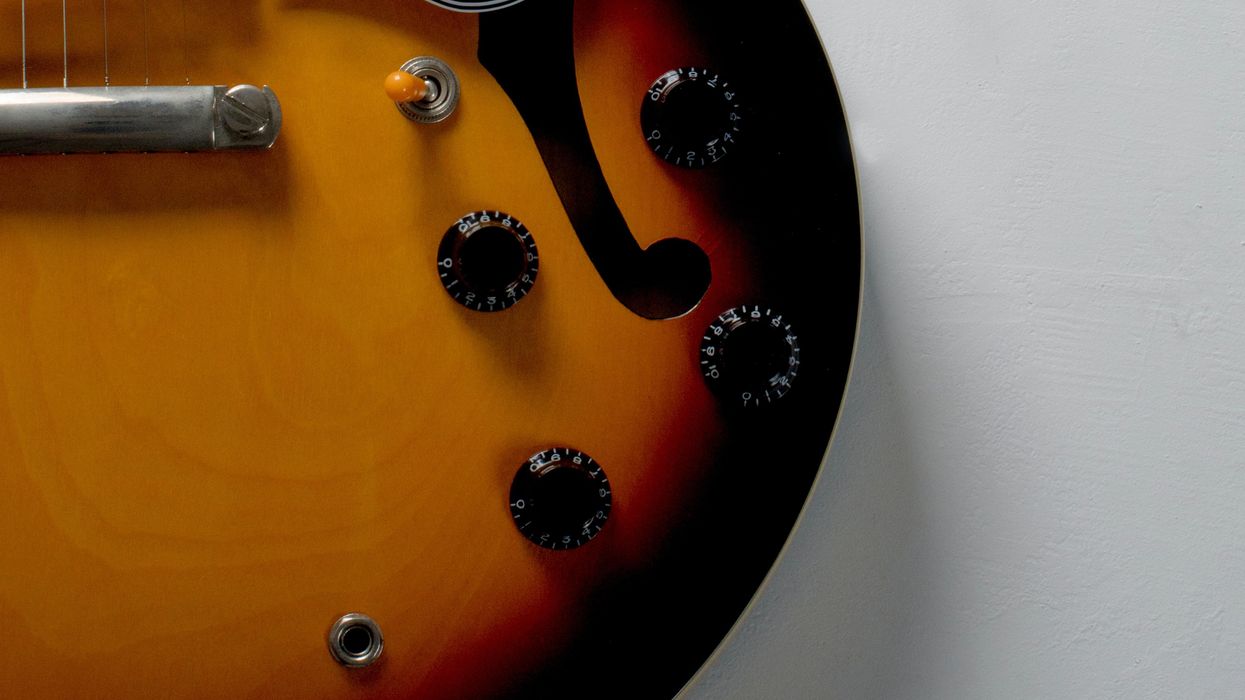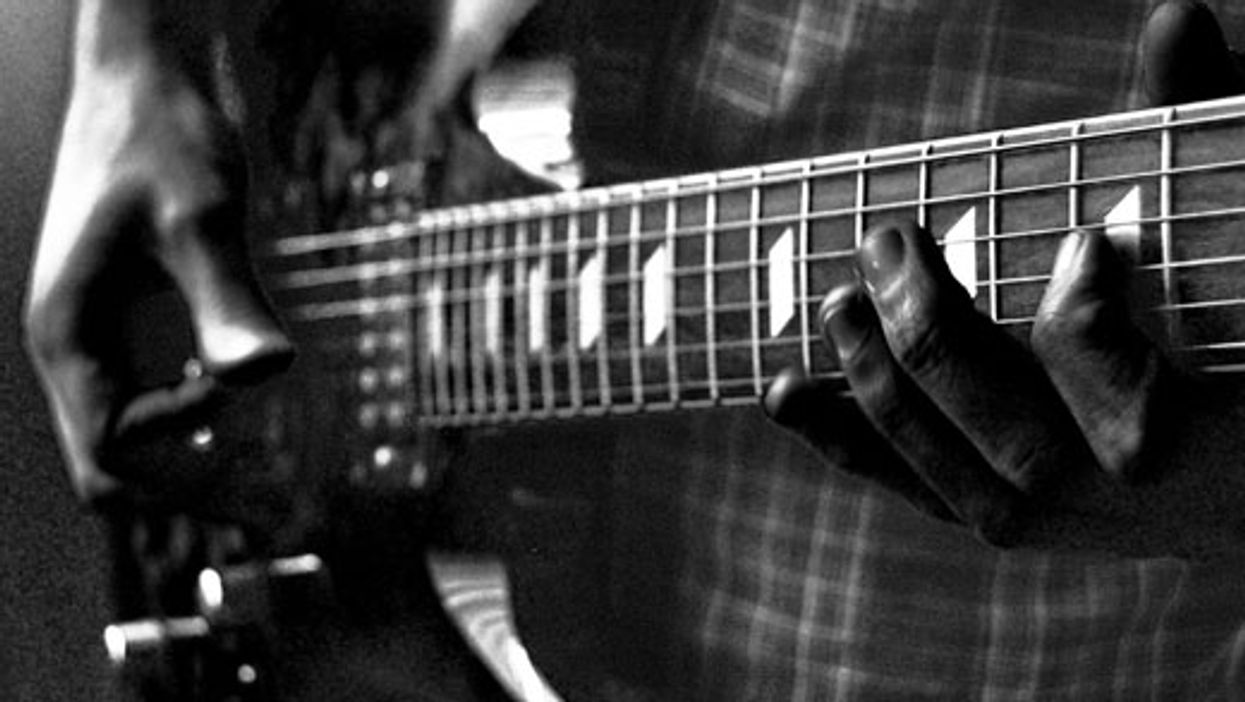Is the pentatonic scale the most popular? Maybe. It certainly is one of the more overused scales. I've found one of the keys to building speed and technique is to use simple, repeating patterns. Aside from the physical benefits, these licks give something for the listener to lock into during a solo. This lesson is all about taking inspiration from Hammett, Zakk, Jake E. Lee, Kotzen, Howe, and others. Let's dig in.
These ideas are easy to get under your fingers because each pattern is only one or two beats long. This is especially great for intermediate players who are still working on their dexterity. Another advantage of these exercises is that they are great for speed bursts to break through plateaus. What's a "speed burst?" I'm glad you asked.
When you feel like you've reached your top speed, simply bump up the metronome like 10 to 20 bpm and play individual repetitions of the lick ending on the first note of the next repetition. Take a short break after every repetition. You shouldn't feel fatigue and try to stay relaxed when playing these bursts. After doing this for a few minutes go back to your previous top speed and it should feel easier.
For most applications I don't worry too much about which technique to use, whether it's alternate picking, economy picking, or legato. Try using different techniques with the examples provided here and see what sounds and feels the best. It's an important step in developing your own sound. It might sound odd in a shred lesson, but you don't have to be comfortable or good at every technique to be a great player. Sometimes focusing on your strengths might get you further than trying to eradicate your weaknesses.
Ex. 1 is a pattern Kirk Hammett has used on many old Metallica solos. It's great for developing fretting-hand speed because of the E note on the 1st string serving as a kind of pedal note. It's a bit like a triller exercise but with alternating trilled notes. It's based on E minor pentatonic (E–G–A–B–D) so it's easy to move around through different boxes—just remember to grab that extra note (in this case A) from the next position.
Ex. 1
We stick with Hammett's influence for Ex. 2, but this isn't far off from something you might hear Zakk Wylde rip into. It's still in E minor, but this time we'll play a short triplet figure on the 1st string and two straight sixteenth-notes to circle back around. It's another great way of improving your left-hand speed—especially for pull-offs. There are several ways to pick this. If you use alternate picking, I'd use a downstroke on the triplet and then another down/up combo to lead into the next triplet. Economy picking will have you start with an upstroke and then play the two sixteenth-notes with consecutive downstrokes.
Ex. 2
Ex. 3 is a blues-rock cliché that you've heard from pretty much ever rock guitar player ever at some point. We are comfortably in G minor pentatonic (G–Bb–C–D–F) here, focusing on the top three strings. This lick is great for your alternate picking for two reasons: The pull-offs allow your picking hand to rest a little and it gives you a chance to focus on crossing from the 3rd to the 2nd string. After you feel comfortable doing that at a given speed you can then incorporate more pick strokes until you can alternate pick the entire thing.
Ex. 3
Confession time. I blatantly stole Ex. 4 from a Nuno Bettencourt solo. (I've also heard Slash, Zakk, and others break this lick out as well.) The trick here is the rhythm. We're playing a four-note pattern in sextuplets, so it creates a rhythmic displacement that I really like. Almost like you're playing in a different tempo. Using alternate picking will force you to skip from the 3rd string to the 1st string—although I prefer the sound of the pull-off.
Ex. 4
Ex. 5 Is a trademark lick from the school of Richie Kotzen and Greg Howe. It's actually quite easy to speed up while sounding impressive due to some of its intervallic jumps. I'm loosely moving up the neck through the D minor pentatonic scale (D–F–G–A–C) while adding in outside notes for color, specifically E and Bb. Honestly, these extra notes are mainly to help with fingerings. It feels awkward at first, so practice it slow to get comfortable with the barring. Once that feels comfortable you can speed it up.
Ex. 5
Zakk Wylde might be the biggest repeat offender for Ex. 6. This time we are fully within D minor pentatonic and it's a barnburner of an alternate-picking workout. Focus on the upstroke and downstroke where the string changes occur and try to really feel them. In my experience, the problem with alternate picking is an underdeveloped upstroke that doesn't feel as natural and relaxed as the downstroke. This example will help.
Ex. 6
Ex. 7 is a variation of a Jake E. Lee idea he frequently used in his live solos with Ozzy, but I kept it within one position. It's a triplet-based pattern that fits well in A minor pentatonic (A–C–D–E–G) and D minor pentatonic. I'd recommend picking everything, but feel free to experiment with hammer-ons and pull-offs.
Ex. 7
We move over to a sequential idea in B minor for Ex. 8. We're sticking with a similar triplet-based pattern, but this time we stay entirely diatonic and move up the neck. Each measure is anchored by your index finger landing on a note in a pentatonic box. This type of idea is very easy to move around to different keys.
Ex. 8
Finally, I came up with a slight variation for the phrase in Ex. 9. First, we stick with the triplets (and key of B minor) for a stretchy lick that fits with our tried-and-true pentatonic box—albeit we do have to reach for the E at the 12th fret. The second half of that lick adds in a repeated note on a different string to create some tension before releasing it by landing on the F#.
Ex. 9
The pentatonic scale is a bona fide staple of hard rock and metal guitar. It's nearly impossible to know too many of these scalar permutations that will not only help get your chops together but also give you plenty of time to throw your foot up on the monitor and strike a rock pose.





